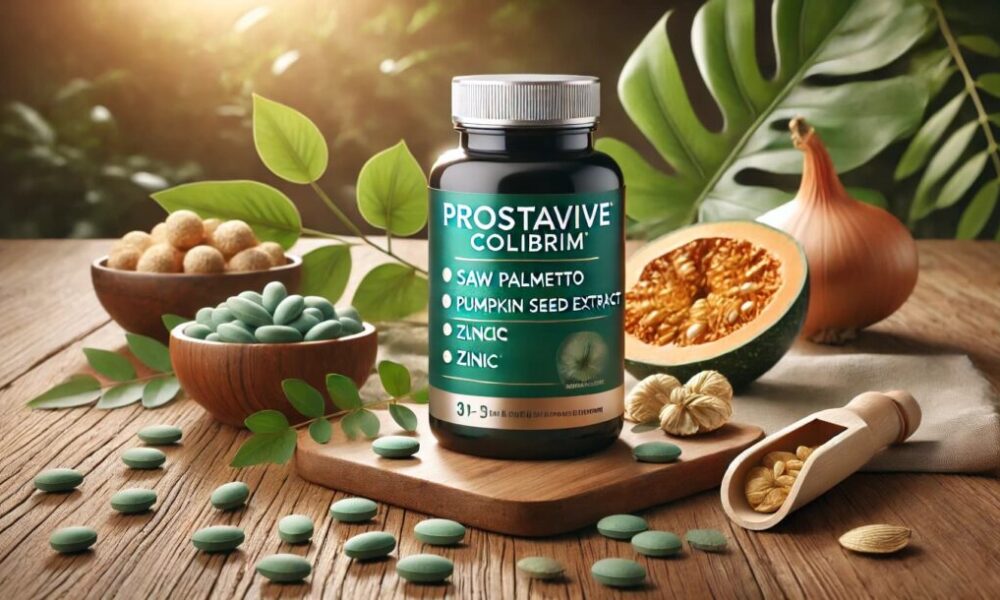Eye infections can be uncomfortable and sometimes even alarming, particularly when they affect your ability to see clearly. Two of the most common eye infections are pink eye and stye. While both can cause significant discomfort and inconvenience, they are distinct conditions with different causes, symptoms, and treatment options.
In this guide, we will discuss the differences between pink eye vs stye.
Differences in Causes
Pink eye, also known as conjunctivitis, is caused by an inflammation of the conjunctiva. The conjunctiva is the thin, transparent layer that covers the white part of your eye and lines your eyelids. Pink eye can be caused by a virus, bacteria, or allergy and can easily spread from person to person.
On the other hand, stye is an infection of the oil glands in your eyelids. These glands produce oil that helps keep your eyes lubricated and healthy. When these glands become clogged or infected with bacteria, a stye can form.
The pink eye vs stye differ in their causes, with pink eye being caused by a broader range of factors compared to stye which is primarily caused by a bacterial infection. These eye infection differences can impact the treatment approach for each condition.
Symptoms
Pink eye symptoms include redness in the white of your eye, watery or yellow discharge, and itchiness. You may also experience a burning sensation, sensitivity to light, and blurred vision.
In contrast, stye symptoms often include a small bump on your eyelid that is tender to touch and becomes more swollen over time. It can also cause redness and tenderness in the affected area.
While both pink eye and stye can cause discomfort, the severity of symptoms may differ. Pink eye typically affects both eyes while a stye usually only affects one eye. Additionally, pink eye symptoms are more widespread throughout the eye area compared to stye which is localized to the eyelid.
Differences In Severity
While both pink eye and stye can cause discomfort and inconvenience, they are usually not serious conditions. Pink eye from a virus will usually clear up on its own within a week or two. But, bacterial pink eye may need antibiotics. Stye can also resolve on its own or with simple home remedies, but in some cases, surgical intervention may be necessary.
However, it is essential to get medical help if you have severe symptoms. These include intense pain, vision changes, or symptoms that do not improve with at-home treatments. Your doctor can help determine the underlying cause of your infection and provide appropriate treatment.
Treatment Options
The treatment for pink eye vs stye also differs due to their underlying causes. Pink eye caused by a virus will typically clear up on its own within a week or two, but bacterial conjunctivitis may require antibiotic eye drops or ointment prescribed by a doctor.
The pink eye treatment approach for allergies may involve using antihistamine eye drops or allergy medication. It is also important to avoid touching your eyes and practice good hygiene to prevent spreading the infection.
Stye treatment often involves warm compresses to help drain the stye and relieve discomfort. Over-the-counter pain relievers can also be used to manage any pain or inflammation.
In some cases, a doctor may need to drain the stye through a minor surgical procedure. You can use self cooling hydrogel eye masks to relieve your stye symptoms. This treatment option can be used in conjunction with warm compresses for added relief.
Prevention
While pink eye vs stye can occur at any time, there are steps you can take to reduce your risk of developing these infections. This includes:
Good Hygiene
Practicing good hygiene is crucial to preventing both pink eye and stye. Regularly wash your hands with soap and water, especially before touching your face or eyes. This helps to remove bacteria and viruses that could cause infections.
Also, avoid sharing towels or other personal items with someone who has an eye infection. This can help prevent the spread of bacteria or viruses. It is also important to regularly clean your contact lenses and replace them as recommended.
Avoid Touching Your Eyes
One of the most effective ways to prevent eye infections such as pink eye and stye is to avoid touching your eyes. Our hands come into contact with countless surfaces throughout the day, which can harbor bacteria, viruses, and other pathogens. When you touch your eyes, you can inadvertently transfer these harmful microorganisms, increasing the risk of infection.
If you need to touch your eyes, such as when inserting contact lenses or applying makeup, make sure to wash your hands thoroughly with soap and water first.
Regular Eye Care
Maintaining a regular eye care routine is essential to keeping your eyes healthy and lowering the risk of infections. This includes scheduling regular eye exams with your optometrist or ophthalmologist, who can detect early signs of potential problems and recommend preventive measures or treatments.
Sunglasses that provide UV protection can also help shield your eyes from harmful radiation. This cuts the risk of conditions like conjunctivitis.
Proper Contact Lens Care
If you wear contact lenses, adhering to proper care guidelines is critical to preventing eye infections. Always follow your eye care professional’s instructions regarding how to clean and store your lenses. Use only the recommended solutions and never use water or saliva, which can introduce bacteria.
Healthy Lifestyle Choices
A healthy lifestyle can contribute significantly to good eye health. Eating a balanced diet rich in vitamins and minerals is important. Foods that are high in omega-3 fatty acids, lutein, zinc, and vitamins C and E, such as leafy green vegetables and fish, can help improve eye health.
Staying hydrated by drinking plenty of water throughout the day helps keep your eyes moist. This keeps them comfortable and less likely to get irritated.
Manage Health Conditions
Managing underlying health conditions that can affect your eye health is also crucial. Diabetes and high blood pressure can raise your risk of eye infections and other eye problems.
You can control these conditions by having regular check-ups, taking medication, and living healthily. This can reduce your risk.
Understanding the Difference of Pink Eye vs Stye
Pink eye vs stye may share some similarities in symptoms and treatment options, but they have distinct differences in their causes, severity, and prevention methods. If you experience any severe or persistent symptoms, make sure to seek medical attention for proper diagnosis and treatment. Taking good care of your eyes can help keep them healthy and free from infections.
Visit our website for more like Baldezinho Unveiling the Wonders and Secrets.









